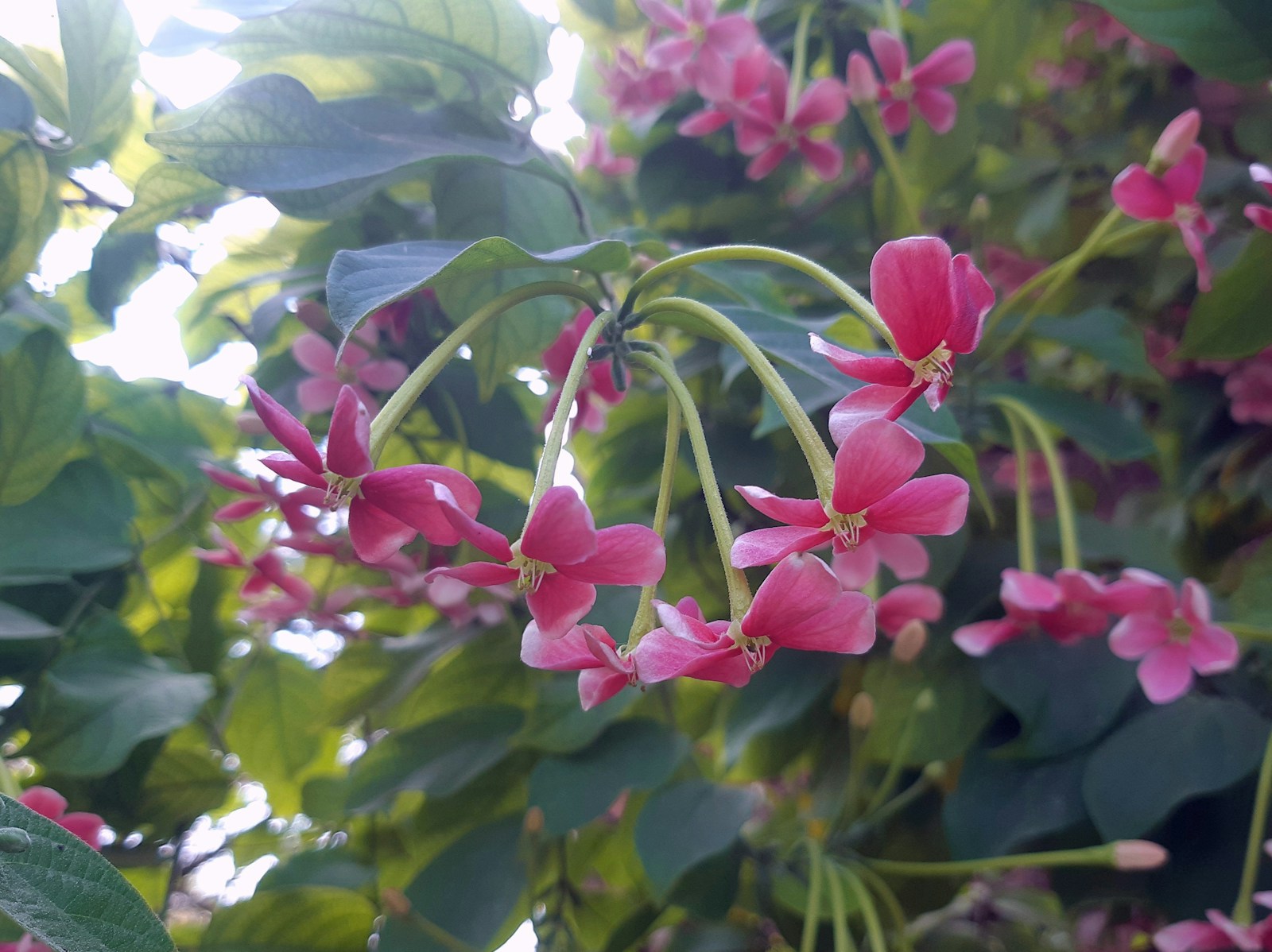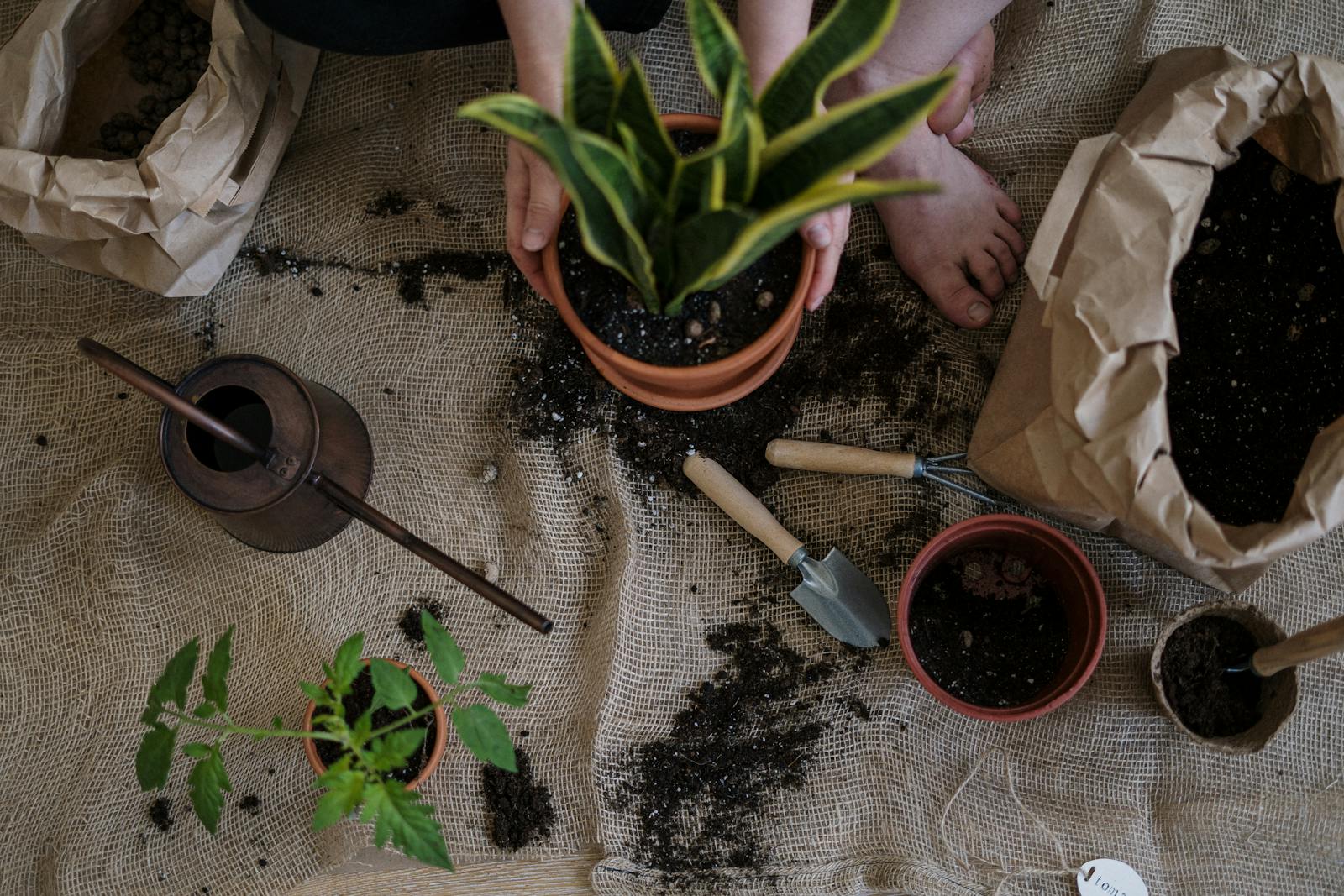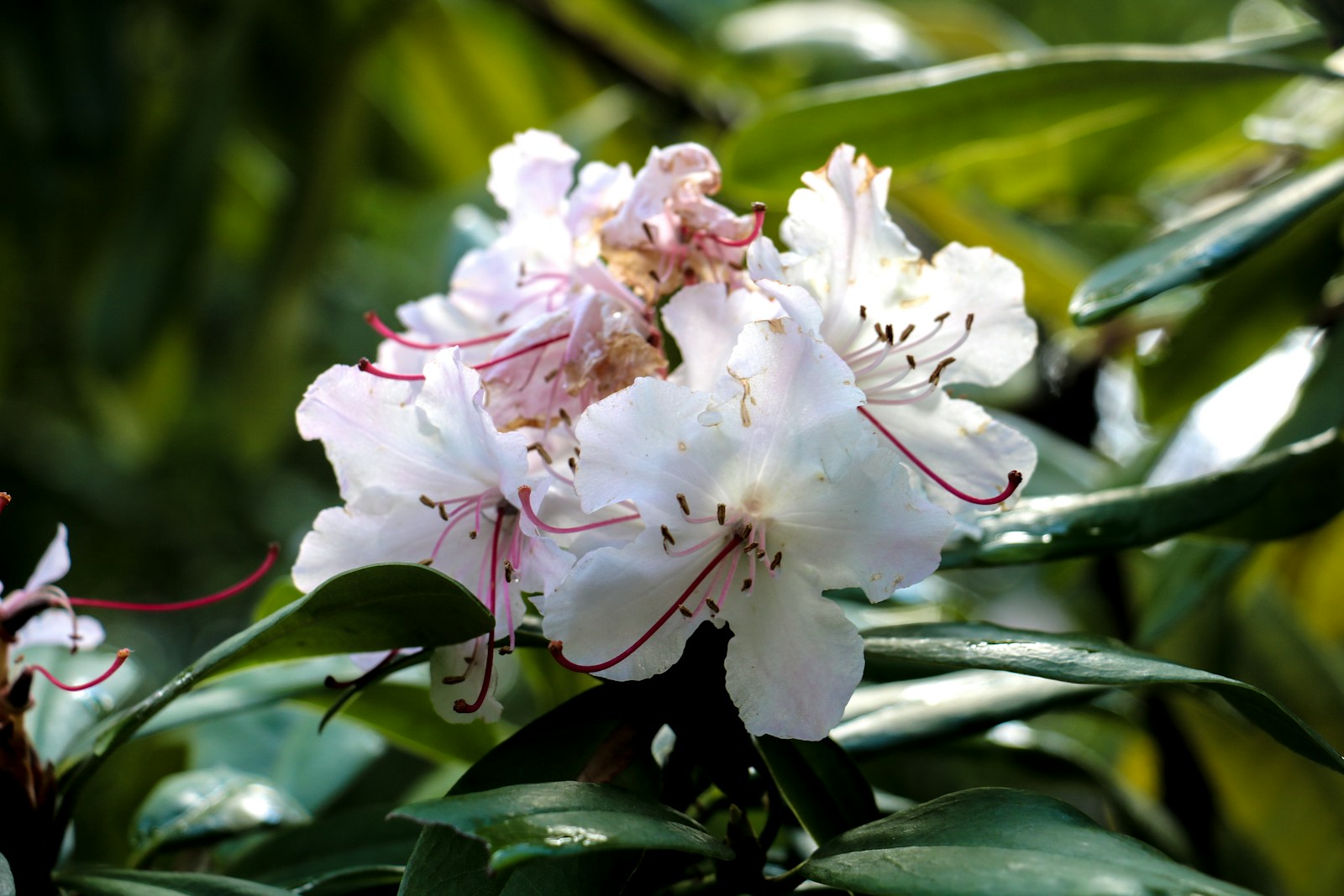Easy Annuals and Perennials for Beginners
Understanding the Basics
If you’re just getting started in the garden, understanding the difference between annuals and perennials is key. Each brings something unique to your landscape. Annuals complete their life cycle in one season, offering fast color and variety. In contrast, perennials return year after year, often growing stronger and more vibrant over time.
Combining both allows for a garden that feels full and dynamic. Annuals let you experiment and refresh your garden beds yearly, while perennials lay a consistent foundation. It’s a strategy that offers both beauty and balance with minimal effort.
By focusing on the easiest types of each, beginners can enjoy a lush, lively garden without becoming overwhelmed. It’s a great way to learn as you grow.
Choosing the Right Plants for Beginners
Not all flowers are created equal when it comes to ease of care. That’s why starting with user-friendly varieties is so important. These plants require less maintenance, are more tolerant of mistakes, and still deliver stunning results.
For example, marigolds and zinnias thrive with minimal attention. Similarly, perennials like coneflowers and daylilies are known for their resilience. Choosing plants adapted to your local climate and soil will also improve your chances of success.
These selections aren’t just forgiving—they’re rewarding. You’ll see fast growth, colorful blooms, and strong performance that boosts your gardening confidence season after season.
Top Annuals to Grow with Ease
If instant impact is what you want, annuals are the answer. Some bloomers stand out for beginners and bring fast gratification:
- Marigolds: Pest-resistant and sun-loving.
- Zinnias: Fast-growing and heat-tolerant.
- Petunias: Available in endless colors and great in containers.
- Cosmos: Airy flowers that self-sow with ease.
- Nasturtiums: Edible, trailing flowers that love poor soil.
These annuals are widely available and inexpensive. Most grow well from seed, though buying young plants can speed things up even more. They offer cheerful results in very little time.
Low-Maintenance Perennials for Long-Term Beauty
Perennials are a gift that keeps giving. Once established, they return each year, often multiplying or spreading with little help. Here are some top picks that make gardening easy:
- Black-eyed Susans: Bright, daisy-like blooms loved by pollinators.
- Hostas: Foliage-focused plants that thrive in shade.
- Daylilies: Hardy flowers that bloom for weeks.
- Coneflowers (Echinacea): Native plants that resist drought and attract bees.
- Salvia: Long-blooming and deer-resistant.
These perennials require minimal watering, especially once their roots are established. They’re ideal for borders, foundation plantings, and filling gaps in sunny or shaded spaces.
Designing with Annuals and Perennials Together
When you mix both plant types, your garden benefits from consistency and change. Perennials provide the backbone—returning every year and anchoring your design. Annuals add flexibility and seasonal flair.
For example, tall perennials like phlox or delphinium can form the back layer of a bed. You might place marigolds or begonias in front for added color and texture. This combination also helps stagger bloom times, ensuring there’s always something flowering.
Mixing heights, colors, and bloom durations creates a layered look that feels professional, even for beginners. Plus, it’s fun to experiment with new annuals each season while your reliable perennials continue to mature.
Planning for Sun and Shade
Before planting, it’s essential to understand how much sunlight your garden receives. Some plants thrive in full sun, while others prefer partial shade. Knowing these preferences helps you choose the right plant for the right spot, reducing stress and improving results.
For sunny areas, try planting zinnias, coneflowers, or lavender. These love the heat and perform well all summer long. Shadier areas benefit from hostas, impatiens, and ferns. Matching light levels ensures your plants grow strong and bloom consistently.
Observe your garden over the course of a day to track how sunlight moves. With this knowledge, you’ll be able to group plants more effectively and avoid underperformance due to poor placement.
How to Start from Seed or Transplants
Starting from seed gives you the most variety and is often cheaper, but it requires more time and care early on. Many beginner gardeners prefer transplants for the convenience—they’re already growing and ready to plant.
For seeds, begin indoors 6–8 weeks before your last frost. Use trays or containers with good drainage, and keep them moist and warm. Once seedlings develop strong roots, you can harden them off and move them outside.
Transplants, on the other hand, are available at most garden centers. Choose healthy, compact plants and gently loosen the roots before planting. Whether sowing seeds or setting out starts, the right technique leads to better outcomes.
Watering Tips for Healthy Growth
Watering is one of the simplest tasks but also one of the easiest to get wrong. Overwatering can lead to root rot, while underwatering stunts growth and bloom. The goal is to keep the soil evenly moist without becoming soggy.
Early morning is the best time to water, as it gives plants time to absorb moisture before the heat of the day. Use a watering can or soaker hose to direct water at the base of the plant, avoiding the foliage.
Mulch helps retain moisture and keeps roots cool. Pay close attention during heat waves or dry spells, and remember that container-grown plants may need more frequent watering than those in the ground.
Fertilizing Without Overdoing It
Most beginner-friendly plants don’t need much fertilizer, especially if your soil is healthy and rich in organic matter. Too much fertilizer can actually cause more harm than good, promoting excessive foliage with few blooms.
Use a balanced, slow-release fertilizer at the beginning of the growing season. For flowering annuals, a monthly dose of liquid fertilizer may boost blooms. Perennials typically need just one or two feedings a year.
Compost and aged manure are excellent natural options that improve soil over time. With the right nutrients, your garden will look vibrant while remaining low-maintenance and sustainable.
Attracting Pollinators to Your Garden
Pollinators like bees, butterflies, and hummingbirds play a vital role in garden health. They help plants reproduce and keep ecosystems thriving. By planting nectar-rich flowers, you create a welcoming environment for these beneficial visitors.
Flowers such as lavender, bee balm, and salvia are magnets for pollinators. Include a variety of bloom shapes, sizes, and colors to appeal to different species. Avoid pesticides, as they can harm the very insects you’re trying to attract.
Adding a shallow dish of water or installing a bee house can make your garden even more inviting. The payoff? More blooms, better yields, and a lively, buzzing backyard sanctuary.
Dealing with Common Garden Pests
No garden is completely pest-proof, but a few smart choices can keep problems manageable. The key is observation and early intervention. Aphids, slugs, and beetles are common nuisances, but many can be controlled without harsh chemicals.
Companion planting is one natural solution—basil can deter aphids, and marigolds can repel nematodes. You can also use neem oil or insecticidal soap for mild infestations. Handpicking pests like beetles can make a noticeable difference, especially in smaller gardens.
Healthy plants are better at resisting pests, so keep soil enriched and water consistently. A balanced ecosystem with natural predators like ladybugs and birds also helps maintain harmony.
Seasonal Cleanup and Maintenance
As the seasons change, a little maintenance goes a long way toward keeping your garden looking its best. In early spring, clear away dead foliage and apply a fresh layer of mulch. This prepares the soil and suppresses weeds before new growth begins.
Throughout summer, deadhead flowers to encourage more blooms and remove any diseased leaves. In fall, cut back spent perennials and collect seeds from your favorite annuals for next season.
Winter is a great time for planning. Sketch out new beds, review which plants thrived, and consider what you might do differently next year. Small seasonal efforts lead to long-term success.
Creating Visual Interest Year-Round
A beautiful garden isn’t just about flowers—it’s also about texture, form, and seasonal variety. Incorporate a mix of leaf shapes, flower sizes, and plant heights to create a more layered, engaging design.
Use foliage plants like ornamental grasses or heuchera to provide color even when blooms fade. Evergreen shrubs and trees can offer structure and greenery through the colder months.
Try staggering bloom times with early spring bulbs, summer annuals, and late-blooming perennials. This approach keeps your garden vibrant from the first thaw to the final frost, giving it interest year-round.
Saving Seeds and Dividing Plants
Saving seeds and dividing perennials are cost-effective ways to expand your garden. With annuals, wait for seed heads to dry out, then store the seeds in labeled envelopes for next spring. Some will even self-sow naturally if left in place.
Perennials like daylilies, hostas, and coneflowers can be divided every few years. Simply dig up the plant in early spring or fall, split it with a sharp knife or spade, and replant the divisions.
This not only gives you more plants for free, but it also rejuvenates the original plant, encouraging healthier growth and more blooms in the coming seasons.
Tools and Supplies Every Beginner Should Have
You don’t need a lot of fancy tools to start gardening, but a few essentials make a big difference. A sturdy trowel, a pair of pruning shears, and a watering can or hose are a good place to begin.
Other helpful items include gardening gloves, a weeder for dandelions, and quality potting soil or compost. Consider investing in a kneeling pad for comfort and a wheelbarrow for transporting soil or plants.
Organize your tools in a simple storage bin or shed so everything is easy to find. As your garden grows, you can add more tools based on your needs, but starting simple is best.
Frequently Asked Questions
What are the easiest flowers to grow from seed?
Marigolds, zinnias, cosmos, and sunflowers are excellent flowers to grow from seed. They germinate quickly, tolerate poor soil, and produce vibrant blooms throughout the summer.
How often should I water new plants?
Newly planted flowers should be watered every few days, depending on weather and soil type. Aim to keep the soil moist but not soggy. Once established, you can water less frequently.
Can I mix annuals and perennials in the same bed?
Yes, mixing them is a great idea. Use perennials for structure and add annuals for color and variety. This combination creates visual depth and ensures blooming throughout the season.
Do I need to fertilize container plants differently?
Yes. Container plants lose nutrients more quickly due to regular watering. Use a balanced liquid fertilizer every 2–4 weeks, or start with a slow-release mix at planting time.
What’s the best time of year to plant flowers?
Spring is typically the best time to plant both annuals and perennials. However, some perennials do well when planted in fall, giving them time to root before winter.
© 2025 GardeningandDecor.com. All rights reserved.



